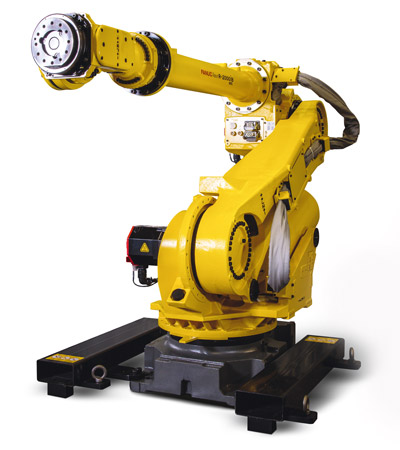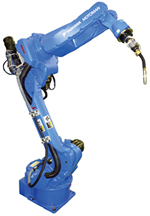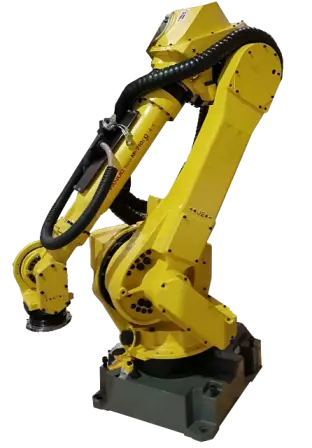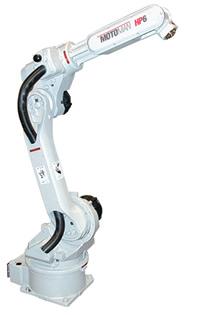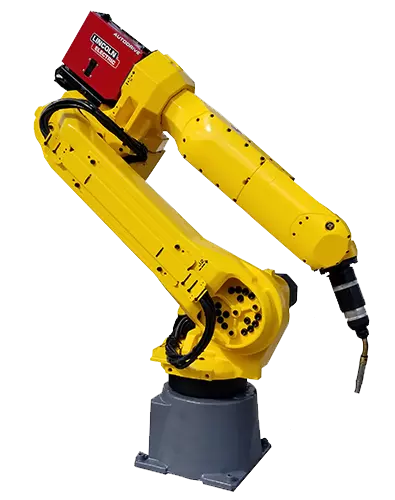Benefits of Robotic Force Sensors
Robotic force sensors allow industrial robots to be capable of one of the most valuable senses, touch. The development of force sensor technology has further elevated the precision of allow industrial robots, especially for material handling and material removal applications. Robotic users are taking notice of the many benefits of force sensor integration, with the sensors on track to become as mainstream as robot vision systems across numerous types of robotic applications. Below is a breakdown of some of the key advantages of integrating force sensor technology with robots.
- Improves Application Accuracy - One of the main advantages of automating with robotics is improved accuracy of manufacturing processes. Integrating force sensors enhances that accuracy even more. Force sensors provide force and torque feedback, allowing robots to adapt dynamically while operating. They are able to sense when parts are not fitting together properly and make slight adjustments to produce the correct tolerances, preventing part damage. Having the sense of touch allows robots to accurately handle and manipulate workpieces. Many high-precision application’s requirements go beyond the scope of vision systems and can benefit from touch feedback. Force sensors provide this, significantly improving application accuracy.
- Improves Product Quality - When applications are completed accurately, the quality of products manufactured increases. Producing uniform, high-quality products is often one of the main reasons for automating with industrial robots. Integrating force sensors with a FANUC M-20ia, allows it to produce better quality products with touch sensory feedback. If a FANUC M-710ic/50 is deployed for a grinding application, force sensors can help determine the precise amount of pressure to apply to a part, preventing too much or too little material from being removed. The same force is applied to all parts, creating smooth and identical workpieces. Force feedback prevents products from deviating from one another, having defects, or becoming damaged, significantly improving manufacturing quality.
- Expands the Scope of Robotic Applications - Before the enhancement of robotic technology, robots were limited to only being used for rigid, simple, and highly repeatable applications. With the development of robot vision and force sensors, industrial robots are able to carry out complex, variable, and sophisticated processes. Robotic force sensors have expanded the scope of many robotic applications and have allowed for the automation of ones requiring touch feedback. Grinding, de-burring, sanding, buffing, and polishing are now being completed by the ABB 4600 and the Motoman MH50 because of force sensor technology. In addition, traditional robotic applications such as assembly and machine tending are being enhanced with these sensors as more complex variations are possible for robot automation.
- Enhances Workforce Safety - Not only do force sensors improve the overall performance of robots, but they can also help keep workers safe. Force sensors can prevent robots from harming workers by regulating the amount of force exerted. This is why they are standard among many collaborative robot models and are one of the reasons cobots can operate alongside humans. Force sensors not only determine the amount of pressure to apply when operating but can also detect when abnormal force is applied to the robot arm. When abnormal force is detected, collaborative robots are alerted to slow operation or completely stop to prevent adverse incidents from occurring, keeping workers safe.
Robots Done Right is the place to start when it comes to used robots. Contact us if you are interested in buying or selling a used robot.
